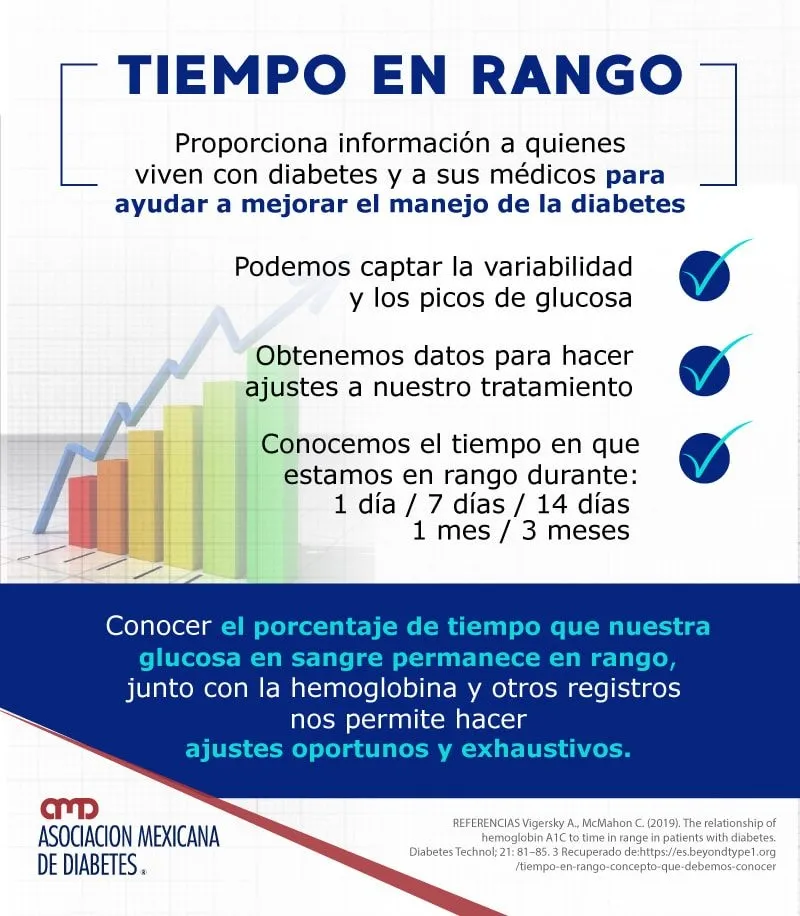Time in range allows you to know how long the person spends with diabetes in range (IRR), hypoglycemia (TBR) or hyperglycemia (TAR).It is an important variable, alternative to glycosylated hemoglobin for type 1 diabetes control.
Diabetes, whose prevalence in Spain has reached 14.8%, affects 1 in 7 people, being the second highest rate in Europe.It is a disease that, if not properly controlled, can cause very serious associated complications such as cardiovascular diseases, amputations or loss of vision, generating a high level of dependence and need for patient care.
From this situation derives the importance of adhesion to treatment, glucose control but also weight control, blood pressure, etc.These, without a doubt, are the pillars to prevent or mitigate the serious complications of this disease) and decision -making by the patient (for example, of insulin doses adjusted to the intake).
One of the outstanding keys to move towards better diabetes control involves taking as a glycemic control variable time in range, also known as IRR, which allows you to know how long the person spends with diabetes with controlled glucose.
It is a recent variable that arises from the new devices for continuous glucose or 'flash' of glucose, which allow measuring levels of at least 14 days, in a 24 -hour range, with a minimum of 70% of 70% ofdata.
Unlike glycosylated hemoglobin, time in rank makes it possible to know 24/7 how long it is within the glycemic control.
It also highlights that at present, smart insulin feathers (smartpens) are erected as a great ally of people with diabetes, very useful to guarantee good therapeutic adhesion, by allowing appropriate adjustments and monitoring of insulin dosesmanaged.



